The Nightmare Men: “The Spirit-Breaker”
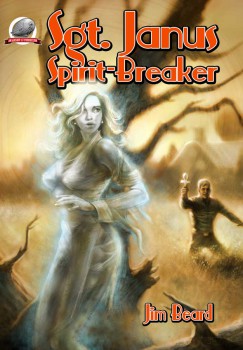 ‘His eyes were icy verdigris, but warm also, and piercing — in a kind way. He was dressed smartly in a long coat of an almost military cut and dark pants with gold piping.’ So writes the narrator of the 2012 story, “The Portobello Cetacean” as she first lays eyes on her host, Sgt. Roman Janus, late of Mount Airy, the man known as the ‘spirit-breaker’.
‘His eyes were icy verdigris, but warm also, and piercing — in a kind way. He was dressed smartly in a long coat of an almost military cut and dark pants with gold piping.’ So writes the narrator of the 2012 story, “The Portobello Cetacean” as she first lays eyes on her host, Sgt. Roman Janus, late of Mount Airy, the man known as the ‘spirit-breaker’.
Created in 2012 by Jim Beard, Janus is equal parts Carnacki, Aylmer Vance, and John Silence, and was intentionally crafted as equal parts homage and successor to those earlier Edwardian occultists.
Like Silence, Janus is less a two-fisted hero than an agent of a higher spiritual power, doling out harsh justice and due kindness with equal determination. And like Aylmer Vance, Janus’s kind-hearted nature is both a boon and a weakness, helping him at times and hindering him at others.
“I am Roman Janus. It is a pleasure to meet you.”
–Sgt. Roman Janus, “The Portobello Cetacean” (2012)
Janus first appeared in the aforementioned 2012 story, “The Portobello Cetacean,” which is the first story in the collection, Sgt. Janus, Spirit-Breaker. As with all of the stories in the collection, Janus is seen solely from the perspective of the narrator—in this case, a distraught, devil-haunted young woman. The perception of Janus changes with each story, from hero to conman, from saviour to sinister Svengali, depending on the narrator’s bias.
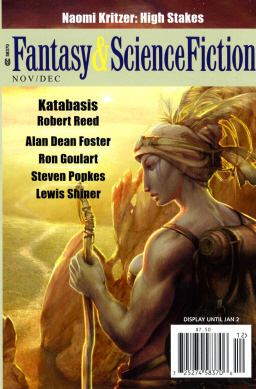
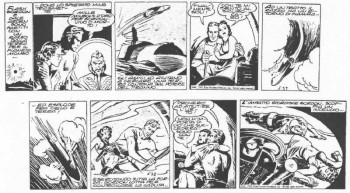
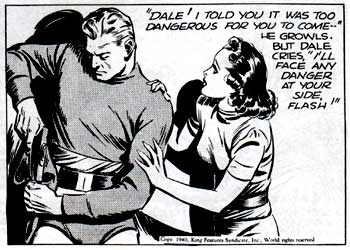
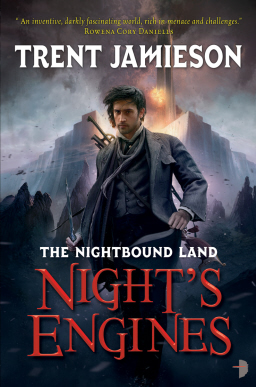

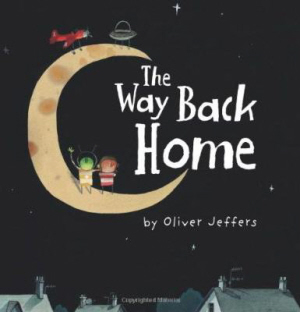

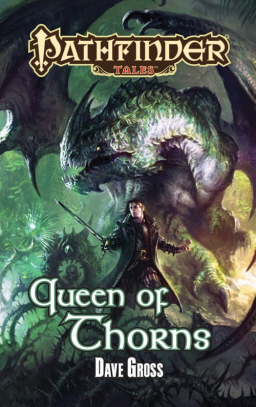
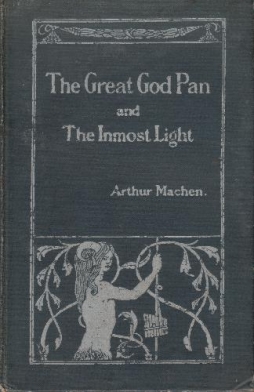 Arthur Machen first published a version of “The Great God Pan” in 1890, in a magazine called The Whirlwind; then revised and extended the tale for its republication as a book in 1894, when it was accompanied by a thematically-similar story called “The Inner Light.” It’s a fascinating work, creating a horrific mood mostly through suggestion and indirection. Nowadays, one looks at it and notes very Victorian attitudes toward women. At the time of its original publication, the story’s implied sexuality caused real scandal.
Arthur Machen first published a version of “The Great God Pan” in 1890, in a magazine called The Whirlwind; then revised and extended the tale for its republication as a book in 1894, when it was accompanied by a thematically-similar story called “The Inner Light.” It’s a fascinating work, creating a horrific mood mostly through suggestion and indirection. Nowadays, one looks at it and notes very Victorian attitudes toward women. At the time of its original publication, the story’s implied sexuality caused real scandal. I should probably blame the whole thing on John O’Neill and Eric Knight.
I should probably blame the whole thing on John O’Neill and Eric Knight.